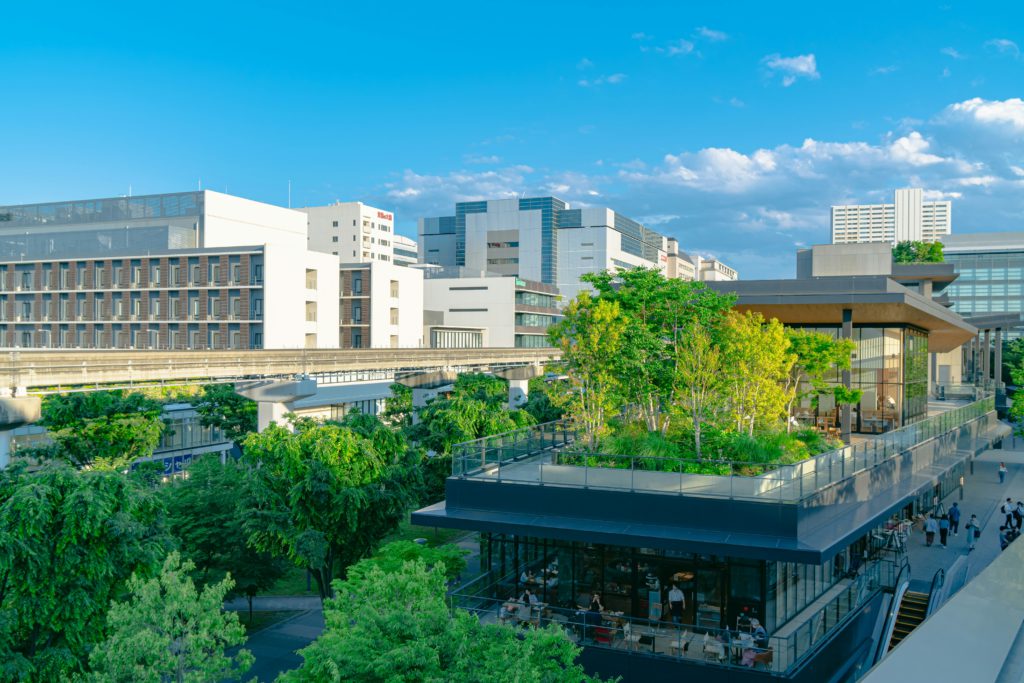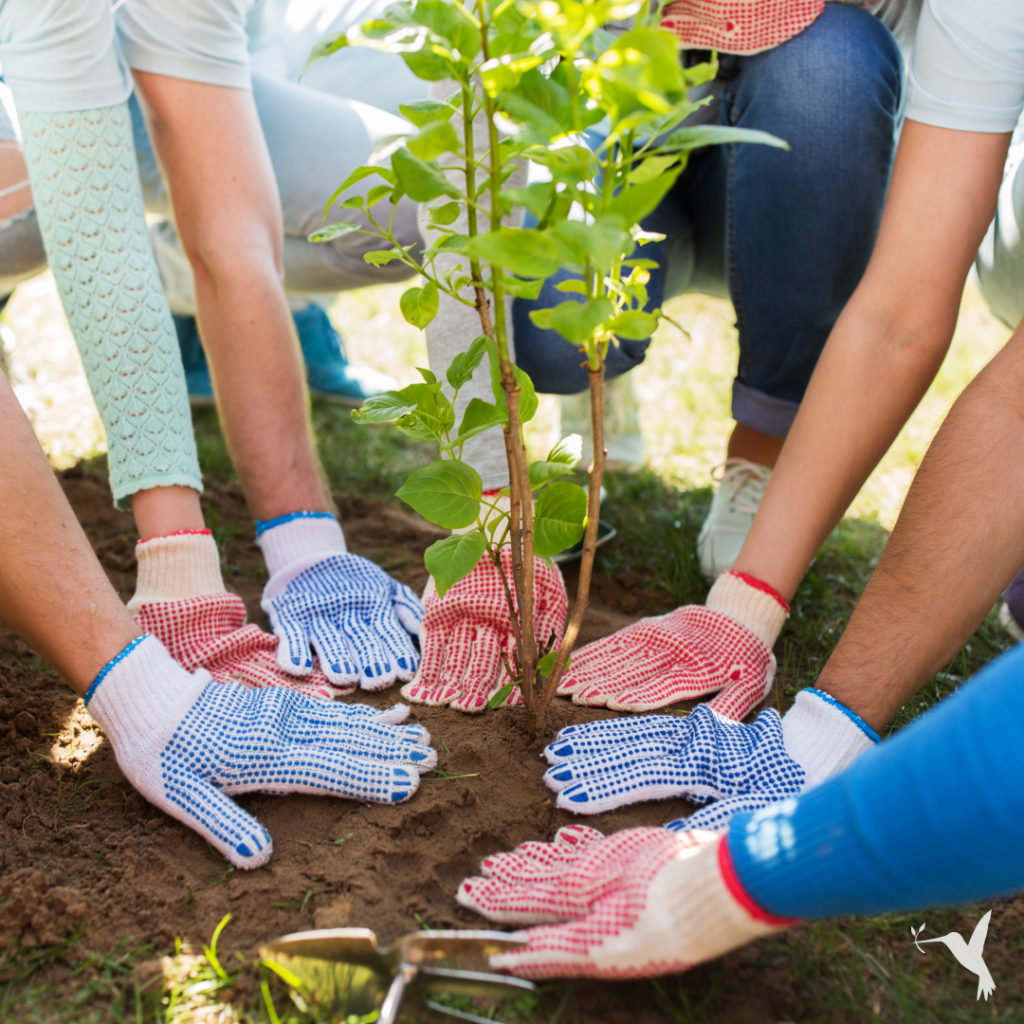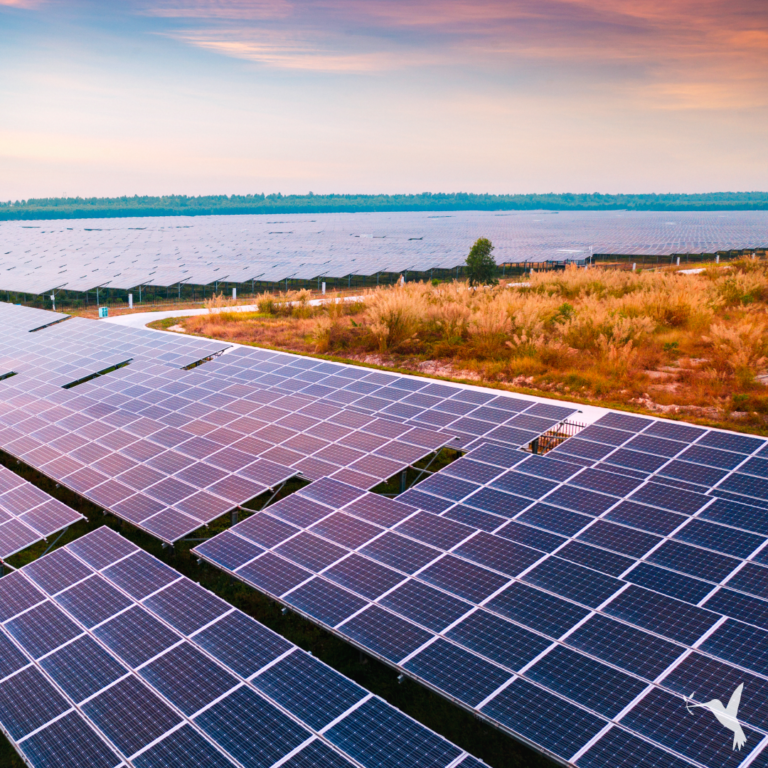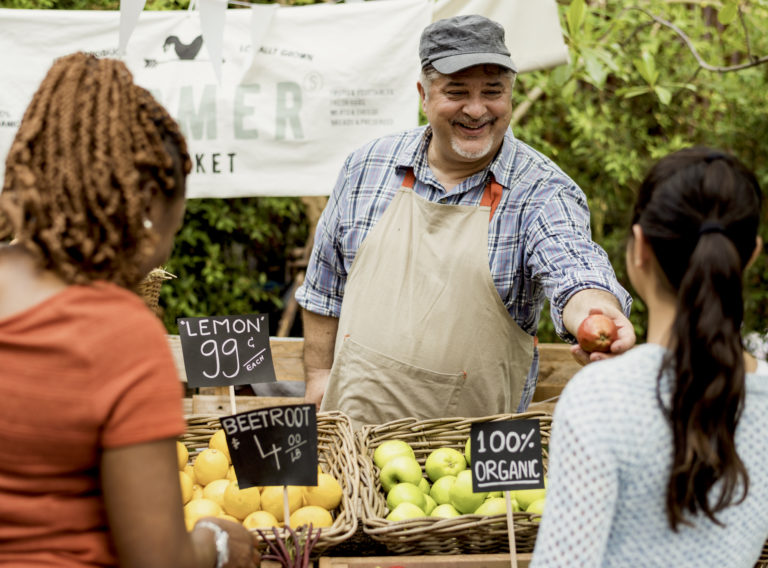How to Build Regenerative Landscapes & Trading & Why We Need To
The World Business Council for Sustainable Development (WBCSD) is a global organization as part of the World Economic Forum of the UN. This council of 200 businesses and global leaders is working together to accelerate the transition to a sustainable world. A sustainable world is possible and regenerative landscapes must be a part of it.

What are Regenerative Landscapes?
To provide the definition of regenerative landscapes, I’m going to refer to the content from the World Business Council on Sustainable Development as this business association of industry global leaders is uniquely positioned to organize a call to action with many of the world leaders and their member companies along and throughout value chains.
Their definition is as follows:
“Regenerative landscapes prioritize the restoration and enhancement of ecosystem functions and support farmers’ empowerment and livelihoods. Working at a landscape level creates an opportunity for farmers and stakeholders to engage with local communities, restore natural habitats, manage water sustainably, and improve soil health – thus impacting not only farm-level outcomes but also the broader ecosystem.”
In more simple terms, the industry is looking at farms and their commodity outputs through a more holistic approach which brings together the farm and farm network, ecosystems, watersheds, and all the products and impacts. It encourages direct engagement from multiple downstream stakeholders who will benefit from working together in a coordinated model to source and support the regenerative practices of the same farmer(s) upstream.
Why are Regenerative Landscapes Becoming Important?
Corporates in the food and agriculture supply chain sector are waking up to the realization that their net zero commitments, which are tending to be around 50% by 2030, and 100% by 2050 gives them an incredible mountain to climb. An estimated 70-80% of the emissions come from scope 3, the farm level. The investment that is required to transition trillions of dollars of transactions to regenerative or more sustainable outcomes is an incredibly costly one, and it doesn’t yet offer a clear or scalable solution. Adding difficulty to the situation is that the connection to farmers in their supply chains, especially those in the global south, are weak at best.
Furthermore, corporations need to accurately measure and improve impacts, not just on carbon emissions and deforestation claims, but also around water use, biodiversity, soil health, and other areas of impact.
Here are some of the following constraints to achieve these ambitious sustainability goals:
- Pricing of commodities must remain at competitive market levels
- There is a gap in engagement/intervention at the farmer level due to the procurement function of corporates relying on the commodity traders and wholesale distributors/importers for most commodities.
- There is a knowledge gap in how to build farmer capacity in regenerative practices through extension service programs.
- There is an inability to invest significantly in the infrastructure requirements at farm, village, and regional level to support the farmer transition to sustainable practices.
- There is an inability to invest in capacity-building programs to reach farmers.
- There is an inability to de-risk and ensure farmer transitions to sustainable practices.
- There is a lack of primary level data to accurately understand the carbon emissions and other sustainability impacts.
All along the value chain, people recognize the critical need for sustainability. However, retailers are putting the responsibility of transitioning to sustainable practices and data validation onto brands, brands are pressuring commodity traders, and commodity traders are pressuring farmers and networks of farmers.
However, the compliance, reporting, reputation and marketing risk seems to fall mainly on the brands and the commodity traders, and therefore, simply dumping all the cost and risk onto farmers is simply not going to work.
The Need for Horizontal Collaboration
It seems that the brands and commodity traders are realizing that in order to achieve these goals, they must collaborate with their competition horizontally, with other off-take buyers from the same landscapes, and vertically across the supply chain to achieve a vertically integrated unified collaboration to drive transition at the farm level.

Producers Trust has been orchestrating landscape models to drive the action forward in a pratical way. What does this look like? For us, it looks like multi-organizational stakeholders from the public and private sectors catalyzing scaled transition strategies through unlocks with off-take transaction commitments and de-risking financing and grant support.
Our goal has always been to empower farmers. We recognized to do this and to support them in diversifying outputs and implementing regenerative or at least more sustainable agriculture models, then there would need to be the following holistic impact areas:
- Diversification of direct market access beyond just the commodity, looking at the specialty crops, local food security crops.
- Measuring sustainability impacts not just farm level, but across the community level and watershed level, and looking beyond just carbon into water, soil health, biodiversity, economic livelihood and social impact.
- Ecosystem landscape services credits (i.e. carbon credits)
Regenerative Landscape Methods for the Global South & the Global North
Furthermore, as we look to apply this Regenerative Landscape model in the global south, it will require a more robust approach to the landscape and ecosystem. This is due to small farmer scales and inadequate capital and resource availability from the governments and private sector finance and off-take connectivity. These problems may also exist in the global north, however, this will be more common in developing countries.
- Private infrastructure investment for the post-harvest, nursery, biological inputs, solar pumps, drip irrigation, and other key needs to scale transitions.
- De-risking of private infrastructure investments in high risk geographies and agriculture.
- Public financing for government, NGO, and private sector to train capacity building organizations to then reach farm level to train and support farmer transitions and to support in the data validation and aggregation of output into localized infrastructure.
- Local government off-take agreements for non-commodity and commodity crops to further de-risk and enhance farmer transitions.
Producers Trading: Regenerative Landscape Trading Model
Producers Trust is a regenerative landscape orchestrator and implementer. However, one of the ongoing missing links has been the ability to holistically engage produce groups to assist in the commercialization of all their outputs, not simply the commodity.
As a producer-centric platform, Producers Trading takes the role as a transparent, direct trade commercialization vehicle for the Producers Trust platform and landscape.
Producers Trading connects the wholesale products of our farmers and post-harvest aggregators to direct wholesale buyer clients in domestic and international markets. We intend to bring forth a more efficient model of trade that relies on a fixed percentage fee for implementing trading activities, as opposed to an opaque, buy low, sell high model which has defined the commodity industry.
Producers Trading is inclusive to commodity traders to develop transparent trades together in collaboration with downstream brands and retails, and hopes to inspire a new model of trade which is better for farmers, more impactful to the environment, and will provide corporations with greater access to goods that are regenerative and have validated data.
Working with networks of farmers to foster and de-risk their transition to more sustainable practices requires a trading model that supports farmers so they may maximize their profits on a diversification of outputs. This includes ecosystem services credits (i.e. carbon credits) which can further incentivize a transition to sustainability.
Producers Trust Holistic Vision of Trading
Producers Trust has launched Producers Trading in order to provide a holistic model of trade that prioritizes validated data and aims to bridge the farmland, the corridors and the watersheds of farming networks, to bring varied outputs to multiple buyers in the market, and enhancing profitability for farms that produce a diversity of crops–all leading toward greater sustainability for everyone.
We hope that this model of Regenerative Landscape Trade will help the industry to achieve our ambitious and shared sustainability goals while constinuously aligning with farmer and community wellbeing.


